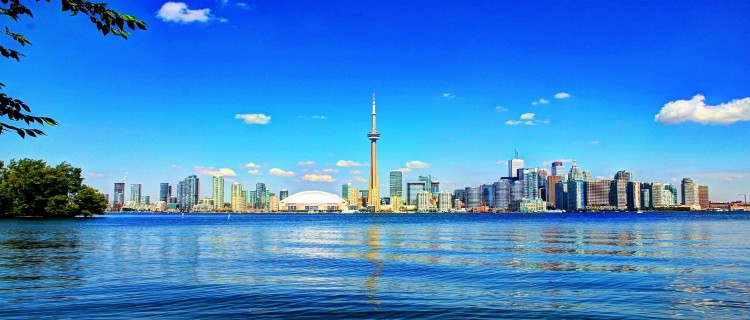Junior high and high school, typically thought of as two parts to secondary education, are attended by children from age 12 to age 18, and is required until age 16. Children 16 and older may elect to leave school, however, this is relatively uncommon. While secondary school is sometimes the same physical location from grade seven onwards, it’s more common for schools to be divided by junior high, grades seven to nine, and high school, grades 10-12. The major outlier in this area is Quebec, where students attend high school from grade seven until grade 11, and then move to a general or vocational college for the next two years of their education.
Depending on the region, secondary schools either continue the core-subject curriculum that begins in primary school or divide students into academic “streams,” which prepare them more specifically for the vocational college or university - and ultimately the career - of their choosing.
Even where the streaming system is in place, it’s required for students to take core subjects, including English, math, science, health, physical education and social studies, for a certain number of years or credits. The exact number of years varies from province to province.
Starting in secondary school, students are allowed to begin choosing courses that interest them, known as electives. These classes are intended to help students better understand their interests and the possibilities for career paths that can stem from them. By the time students are in ninth grade, it’s not uncommon for electives to take up more than half of a student’s school day.
Beginning around the same time, career counseling becomes available to students. This career guidance is geared towards helping students choose appropriate electives that will ultimately get them ahead in their chosen educational path or vocation. Counselors are typically available to students throughout their high school experience and starting in grade 10 begin to focus on university planning. This is often broken into two distinct tracks: university, which focuses on academic subjects from biology to literature, and vocational programs, which focus on more career-oriented subjects. Those can include agriculture, farm management, business operations, home economics, child care or industrial education, which focuses on mechanical and manufacturing skills.
Secondary school is also the time when most students begin extracurricular activities, like sports. High schools typically have school sports teams, which are often seen as not only physical endeavors but an important part of the school’s social scene. Education, however, always takes precedence; in most schools students are barred from sports if they’re unable to maintain an acceptable grade point average.
Students who aren’t keen on athletics also take on extracurriculars, like clubs, musical groups, theater and dance, debate or model UN teams. Many schools also have opportunities like student newspapers, photography studios and yearbook teams. Canadian universities and employers both look for students who have participated in extracurriculars, so there’s some pressure for high schoolers to participate.
Top B-schools in canada, graduate programs canada, private universities in canada, part time mba toronto, mba in canada fees for indian students, list of universities in canada for masters, university of bc, graduate schools in canada.


